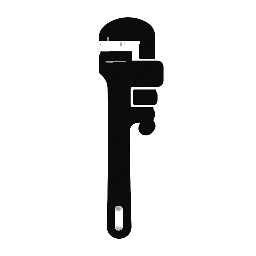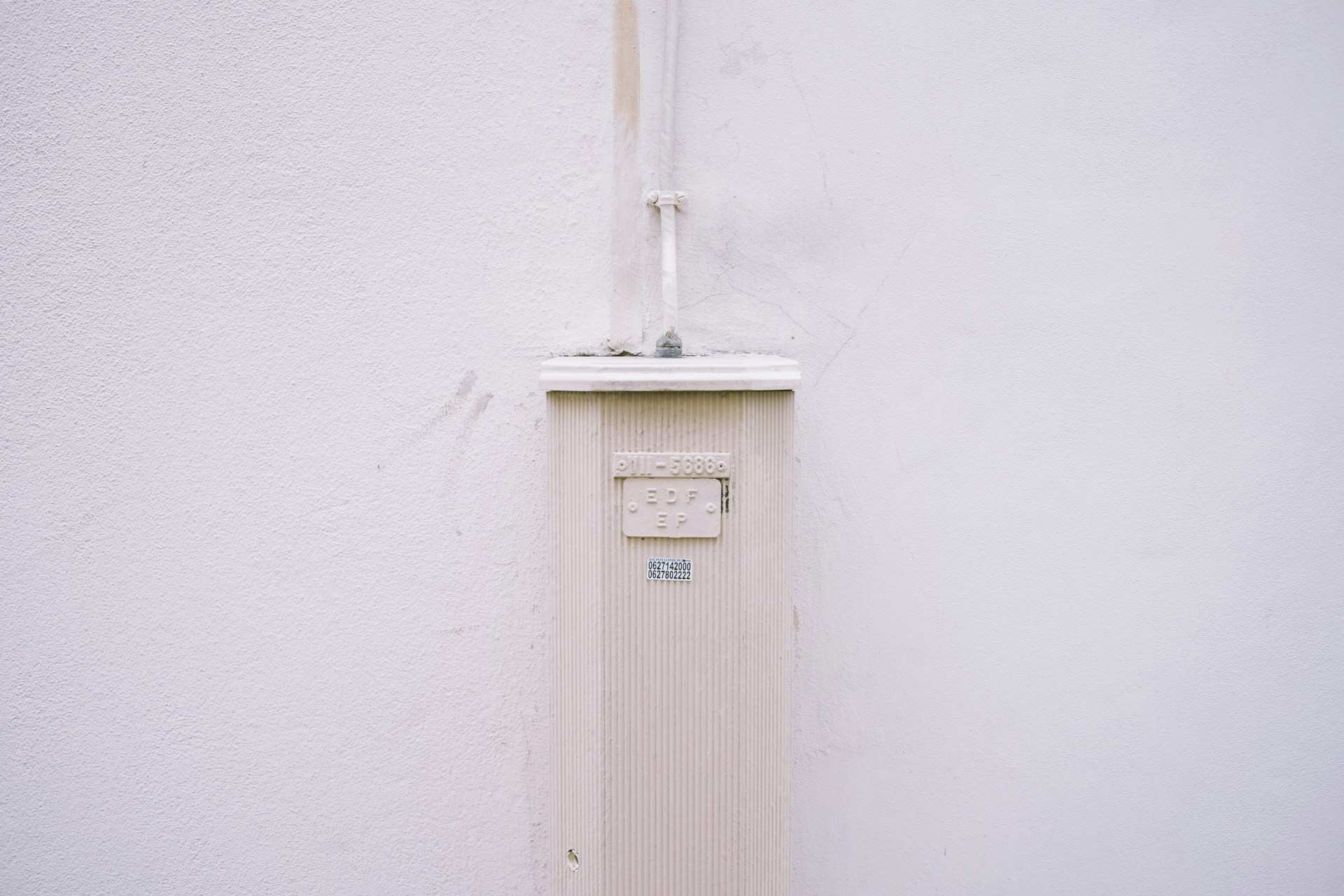Is your hot water supply dwindling, making strange noises, or just not as hot as it used to be? The culprit might be sediment buildup in your water heater. Over time, minerals like calcium and magnesium, along with other particulates present in your water supply, settle at the bottom of your water heater tank. This sediment acts as an insulator, making your water heater less efficient, increasing energy bills, and potentially shortening its lifespan.
Flushing your water heater is a simple yet crucial maintenance task that can significantly improve its performance and longevity. This guide will walk you through the process step-by-step, ensuring you have all the information you need to successfully flush your water heater.
Why Flush Your Water Heater? The Benefits You Can’t Ignore
Before we dive into the “how-to,” let’s understand “why.” Regular flushing offers numerous benefits:
- Improved Efficiency: Sediment buildup forces your water heater to work harder to heat water. By removing it, your unit can operate more efficiently, leading to lower energy consumption and reduced utility bills.
- Extended Lifespan: Sediment can corrode the bottom of your tank and heating elements, leading to premature failure. Flushing helps prevent this, extending the life of your expensive appliance.
- Consistent Hot Water: A layer of sediment can reduce the effective volume of hot water your tank can hold. Flushing restores your tank’s full capacity for hot water.
- Reduced Noise: Popping, rumbling, or knocking noises often indicate sediment buildup. Flushing can eliminate these disruptive sounds.
- Better Water Quality: While not a filter, flushing can help remove some particulate matter that might affect the quality of your hot water.
How Often Should You Flush Your Water Heater?
The frequency depends on several factors:
- Water Hardness: If you live in an area with very hard water (high mineral content), you should flush your water heater more frequently, perhaps every 6 months.
- Water Usage: High water usage can accelerate sediment buildup.
- Manufacturer Recommendations: Always check your water heater’s owner’s manual for specific maintenance guidelines.
As a general rule, aim to flush your water heater at least once a year.
What You’ll Need: Tools for a Successful Flush
Gather these basic tools before you begin:
- Garden Hose: Long enough to reach a drain or outdoor area where you can safely release the water.
- Bucket: To catch any residual water when disconnecting the hose.
- Wrench (Adjustable or Pipe Wrench): To open the drain valve.
- Flathead Screwdriver: Potentially needed for some drain valves.
- Gloves: For protection, especially if the water is hot.
- Safety Goggles: To protect your eyes from splashes.
- Optional: Wire Brush: To clean the drain valve threads if heavily corroded.
Step-by-Step Guide: Flushing Sediment from Your Water Heater
Follow these steps carefully to ensure a safe and effective flush:
Step 1: Turn Off the Power Supply
This is the most critical safety step.
- Electric Water Heaters: Go to your home’s main electrical panel and locate the circuit breaker labeled for your water heater. Flip it to the “OFF” position.
- Gas Water Heaters: Locate the gas shut-off valve on the gas line leading to the water heater. Turn it to the “OFF” position. Also, set the thermostat on the water heater to the “VACATION” or “PILOT” setting, if available, to prevent the burner from firing.
DO NOT skip this step. Attempting to flush with the power on can be extremely dangerous and damage your water heater.
Step 2: Shut Off the Cold Water Supply
Locate the cold water inlet pipe at the top of your water heater. There should be a shut-off valve on this pipe. Turn the handle clockwise until it is completely closed. This prevents new cold water from entering the tank while you’re draining it.
Step 3: Open a Hot Water Faucet in Your Home
Go to any hot water faucet in your house (e.g., a bathtub, sink, or shower) and turn it on to the “HOT” position. Leave it open. This will break the vacuum inside the water heater tank, allowing it to drain properly. You should hear air entering the pipes as the tank begins to equalize pressure.
Step 4: Connect the Garden Hose to the Drain Valve
Locate the drain valve at the bottom of your water heater. It’s usually a spigot-like fitting. Connect one end of your garden hose to this valve.
Step 5: Direct the Hose to a Safe Drainage Area
Place the other end of the garden hose into a floor drain, a large utility sink, or lead it outdoors to an area where the water can safely drain without causing damage (e.g., a driveway or lawn). Be mindful that the initial water will be hot.
Step 6: Open the Water Heater Drain Valve
Using your wrench or screwdriver, slowly open the drain valve on the water heater. Turn it counter-clockwise. You’ll hear water start to flow through the hose.
Caution: The water draining from the tank will be hot, especially at first. Be careful to avoid scalding yourself or others.
Step 7: Allow the Tank to Drain Completely
Let the water heater drain until the flow of water becomes a trickle or stops entirely. This may take 15-30 minutes, depending on the size of your tank and the amount of sediment.
- Observe the Water: Initially, the water may appear murky, discolored, or even contain small chunks of sediment. This is normal and indicates that the flush is working. As the tank empties, the water should become clearer.
- Agitate the Sediment (Optional but Recommended for Heavy Buildup): Once the water flow has slowed to a trickle, briefly turn on the cold water supply valve for 30-60 seconds, then shut it off again. This will stir up any remaining sediment at the bottom of the tank, allowing it to be flushed out. Repeat this process a few times until the water coming out of the hose runs clear.
Step 8: Close the Drain Valve
Once the water running from the hose is clear and you’re satisfied that all sediment has been flushed, close the drain valve on the water heater by turning it clockwise.
Step 9: Disconnect the Garden Hose
Carefully disconnect the garden hose from the drain valve. Be prepared for a small amount of residual water to spill out.
Step 10: Close the Hot Water Faucet in Your Home
Go back to the hot water faucet you opened in Step 3 and turn it off.
Step 11: Reopen the Cold Water Supply
Slowly open the cold water supply valve at the top of your water heater. You’ll hear the tank begin to fill. Once it’s fully open, allow the tank to fill completely. This can take 15-30 minutes depending on water pressure.
- Bleed Air from Faucets: As the tank fills, go to various hot water faucets in your home and turn them on until a steady stream of water flows, indicating that all air has been purged from the lines. This prevents air pockets when you turn the power back on.
Step 12: Turn the Power Back On
Once the tank is full and all air has been purged from the lines, return to your electrical panel (for electric heaters) or gas shut-off valve (for gas heaters) and restore power to your water heater.
- Electric Water Heaters: Flip the circuit breaker back to the “ON” position.
- Gas Water Heaters: Turn the gas shut-off valve back to the “ON” position and reset your thermostat to your desired temperature. If your pilot light is out, you’ll need to relight it according to your owner’s manual instructions.
Step 13: Allow Water to Reheat
It will take some time for the water heater to reheat the water in the tank. You should have hot water again within an hour or two.
Troubleshooting Common Issues
- Drain Valve Won’t Open/Leaks: Sediment can sometimes seize the drain valve. Try gently wiggling it with your wrench. If it still won’t open or starts to leak excessively, you may need to replace the valve. This usually requires draining the tank completely first.
- No Water Flow from Hose: Ensure the cold water supply is completely shut off and a hot water faucet in your home is open to break the vacuum.
- Still Murky Water After Multiple Flushes: This indicates significant sediment buildup. You may need to repeat the agitation and flushing process several times. In extreme cases, a professional might be needed for a more thorough cleaning.
- Pilot Light Won’t Relight (Gas Water Heater): Refer to your owner’s manual for specific instructions on relighting the pilot. If you’re uncomfortable or unsuccessful, contact a qualified technician.
Professional Help vs. DIY
Flushing a water heater is a relatively straightforward DIY task for most homeowners. However, if you encounter any difficulties, are uncomfortable with the process, or have an older water heater that hasn’t been flushed in a very long time, it’s always best to call a qualified plumber. They can identify any underlying issues and ensure the job is done correctly and safely.
Extend Your Water Heater’s Life with Regular Maintenance
Flushing sediment is just one part of maintaining your water heater. Consider these other tips:
- Inspect the Anode Rod: The anode rod prevents corrosion inside the tank. It should be inspected and replaced every 3-5 years, or more frequently in hard water areas.
- Check the Pressure Relief Valve (T&P Valve): Test this valve annually to ensure it’s not seized and can release pressure if needed. Consult your manual for safe testing procedures.
- Insulate Your Water Heater and Pipes: This can reduce heat loss and improve efficiency.
By following this guide and incorporating regular maintenance into your home care routine, you can ensure your water heater runs efficiently, reliably, and provides you with consistent hot water for years to come.


Leave a Reply